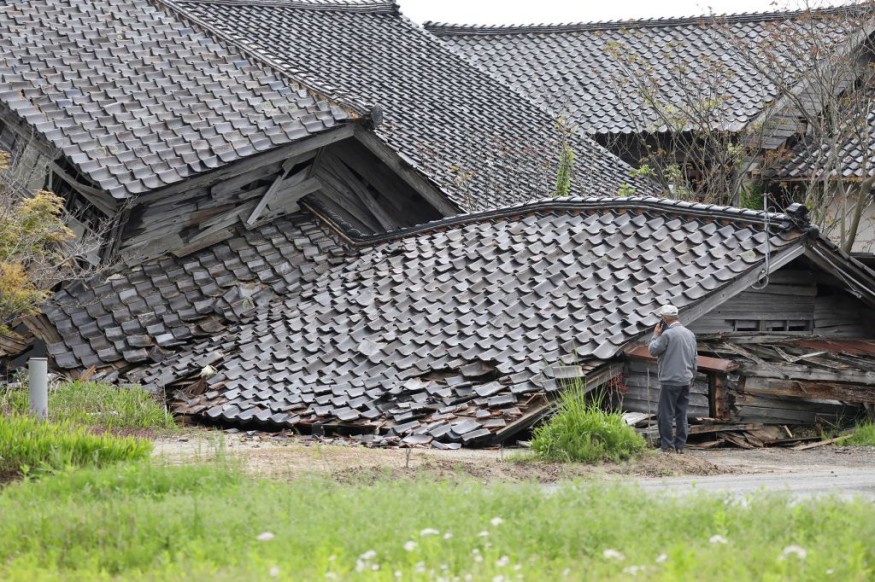A 5.4 magnitude earthquake in Japan caused injuries and damage near the capital city of Tokyo and its surrounding areas on Thursday, May 11, according to reports. The quake's epicenter was recorded in Chiba Prefecture, located southeast of the capital.
Thursday's tremor occurred a week after a 6.5 magnitude earthquake struck the coast off Japan's western Ishikawa Prefecture, wherein it also resulted in injured people and some collapsed buildings.
The quakes came over a decade after Japan was hit by a powerful earthquake and tsunami, resulting in mass casualties, missing people, and widespread infrastructural damage.
Quake Hits Chiba

Details of the 5.4 magnitude quake hitting Chiba was confirmed by the Japan Meteorological Agency, which also said no tsunami warning was issued, as cited by The Seattle Times.
The tremors led to four wounded individuals. This includes a man who was struck by a falling ceiling light. Some rail service were also cancelled or delayed, according to the country's Kyodo news agency, as reported by Phys.org. There were no deaths reported during Thursday's earthquake.
Pacific Ring of Fire
Japan sits in the horseshoe-shaped 'Ring of Fire,' a region in the Pacific Ocean where earthquakes and volcanic eruptions are common due to high seismic activities and movement of tectonic plates beneath the ocean. The region covers not only Japan but also coastal areas along the Bering Strait, Southeast Asia, Oceania, and countries across the western portions of the Americas.
In 2016, Melbourne University Associate Professor Mark Quigley told Australia's SBS News that the Ring of Fire received its name due to the volcanic activity around the Pacific plate boundary. Quigley said Japan is more likely to be hit by earthquakes than other countries that sits within the seismically active region.
The professor explains this is the case for the East Asian country since most active volcanoes are found along the Ring of Fire's western edge, throughout the islands of Japan and Southeast Asia to New Zealand. He adds the Pacific plate is moving further toward Japan each year.
2011 Japan Earthquake
In 2011, a calm day in Japan on March 11 turned into a catastrophe when a powerful 9.1 magnitude earthquake struck the nation's Tohoku region. It was followed by a tsunami, resulting in the total deaths of over 18,000 people, including several thousand others whose bodies were never recovered, according to the National Oceanic and Atmospheric Administration (NOAA).
The 2011 Japan earthquake, officially known as the 2011 Tohoku earthquake and tsunami, was very powerful it forced the Japanese government to reinforce the northeastern coastline, which was hit by the tsunami, with fortified concrete seawalls as high as 50 feet, The Associated Press reported.
Since then, Japan's deadly 2011 earthquake has been known as the country's largest magnitude in recorded history and the world's third largest since 1990, the NOAA said.
Related Article: Japan Hit by 7.4 Magnitude Earthquake, Tsunami Warning Issued
© 2026 NatureWorldNews.com All rights reserved. Do not reproduce without permission.





